Firefighters Steel Helmet
SKU: 74.GOR.01.04.001
Estimated market value:
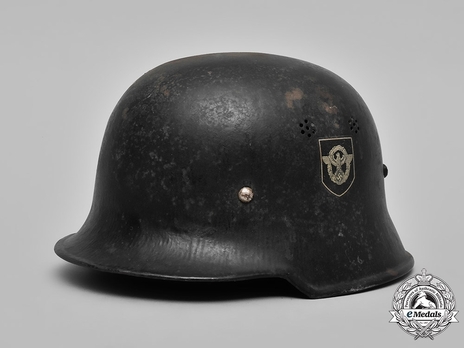
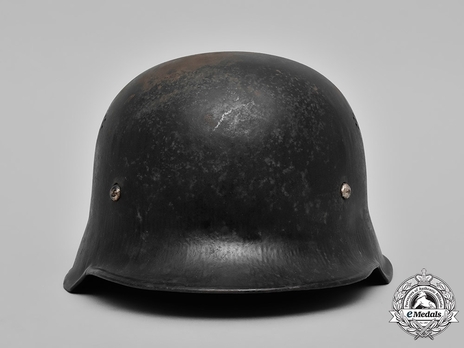
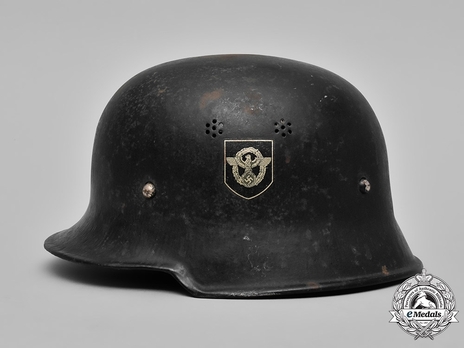
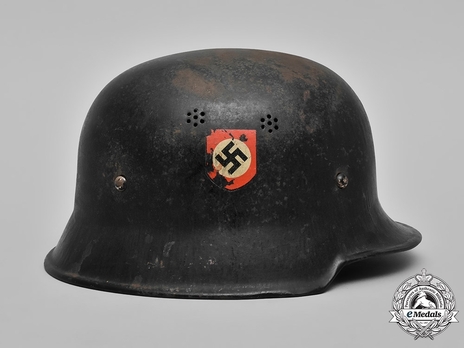
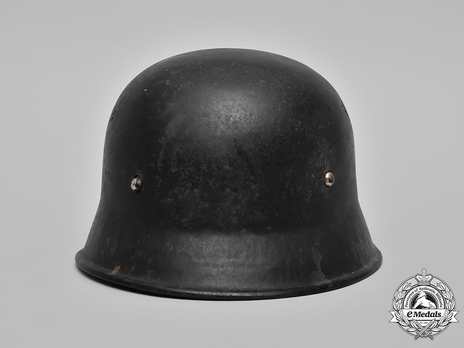
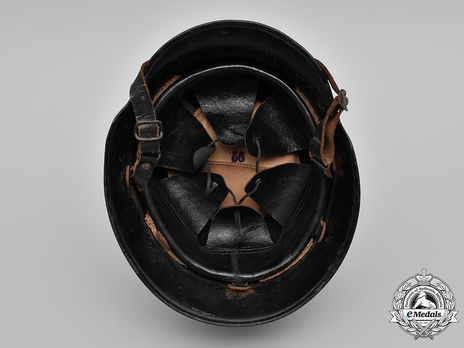
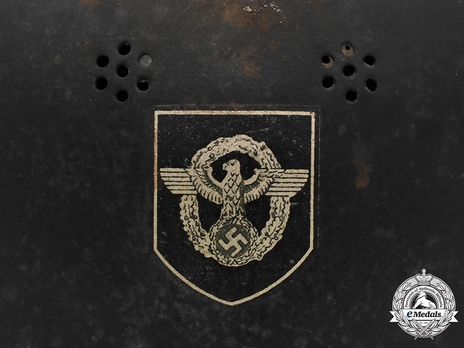
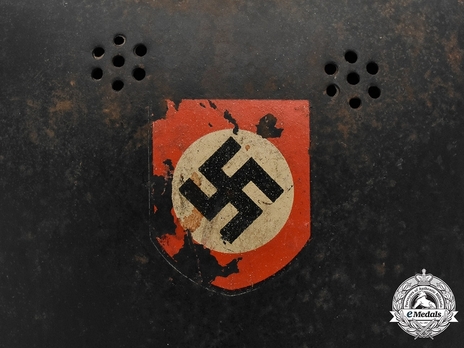
Estimated market value:
Attributes
History
Before the NSDAP’s rise to power in 1933, firefighters and their regulations were overseen by the individual German states. Fire services were more or less run by the communities as they saw fit. Larger towns and cities featured professional fire services (Berufsfeuerwehr), while rural areas featured volunteer fire services (Freiwillige Feuerwehr).
Under Third Reich rule, fire services were to be unified on a national level and therefore placed under the control of the German Police. National socialist doctrine was infused and the fire services militarised in preparation for war and the anticipated bombing of German cities.
Between 1933 and 1938, the professional fire service was referred to as “Feuerlöschpolizei” (fire extinguishing police), while between 1938 and 1945, they were referred to as “Feuerschutzpolizei” (fire protection police) as a subdivision of the German Police.
Volunteer firefighters were classified as part of the Hilfspolizei (police auxiliary forces).
Firefighter uniforms had generally been made of dark blue material, predominantly in Prussia. This colour was still used during the 1930s, but then changed in 1939 when members of the professional fire service received a green uniform similar to that of the German Police. The uniform garments featured carmine piping and initially black, later dark brown (as of September 1942) collars, cuffs, and cap bands as identifiers. However, volunteer firefighters kept wearing dark blue uniforms with carmine piping until the end of the war.
The steel helmets worn by firefighters were made of either steel or light metal, for example aluminum. They were coloured in black. Where most helmets of the Third Reich period have a gradual and curved dip halfway around the lower rim, the firefighter helmets introduced in the mid 1930s have an angled, square dip. However, earlier firefighter helmets still have the curved dip.
As an optional attachment, a silver-coloured comb could be worn at the top of the helmet. Early combs were made of nickel, which gave way to aluminum. Eventually, the combs were discontinued during the war to save material. In some cases, existing combs were painted over in black.
The helmets could also feature a detachable leather neck protector.
Helmet decals were introduced on May 9, 1934. A white mobile swastika outlined in black was painted onto the right side and a black/white/red shield with diagonal stripes onto the right in a slanted position.
These decals were changed in July of 1936. From then on, the left side featured a white or silver Police eagle emblem on a black shield and the right side featured a red shield with a black swastika inside a white circle. The eagle emblem can sometimes appear golden-yellow, which is due to varnish discolouration
Only a small number of Army combat helmets was given to firefighters between 1940 and the end of the war. These featured the curved dip and were repainted in black or dark blue with firefighter decals.

Versions
$300 USD
N/A
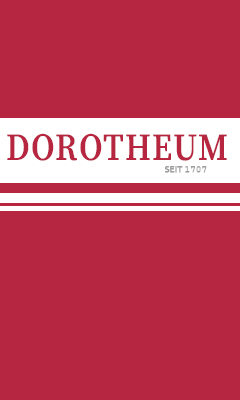

Comments
Sign in to comment and reply.


Scroll Top